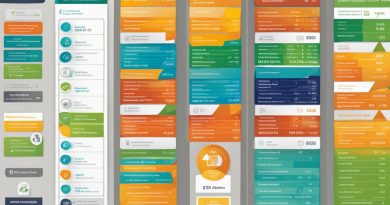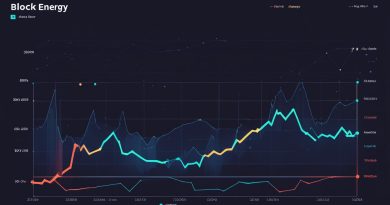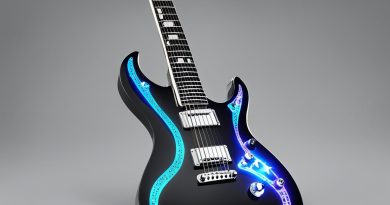Electricity Consumption of Fans Revealed
Electric fans are a common household appliance used to provide cool relief during the hot summer months. But have you ever wondered how much electricity they use? Understanding the energy consumption of electric fans can potentially save you money and help you reduce your carbon footprint.
When it comes to fan electricity consumption, a variety of factors determine the amount of power used. The size, speed, and age of the fan all play a part. Additionally, the length of time the fan is used can significantly impact its energy usage.
Key Takeaways
- Electric fans consume electricity, but the amount can vary depending on various factors.
- The size, speed, and age of the fan can all affect its energy consumption.
- The duration of usage is also an essential factor when it comes to fan electricity consumption.
- Understanding the energy consumption of electric fans can help manage energy usage and reduce costs.
- Reducing the use of electric fans and exploring other cooling options can lower electricity bills and contribute to environmental sustainability.
Understanding Fan Wattage and Energy Usage
When it comes to understanding the electrical usage of fans, it’s essential to examine the concept of fan wattage. Fan wattage refers to the amount of electrical power that a fan uses to operate.
Factors that can impact fan power usage include the fan size, motor efficiency, and operating speed. Generally, larger fans require more electrical power to operate compared to smaller fans, while fans with more efficient motors and lower operating speeds tend to use less power.
By gaining insights into fan power usage, you can effectively manage your electricity consumption and control costs. For instance, if you know the wattage of your fan, you can easily calculate the electricity consumption of fans by multiplying the wattage by the duration of usage.
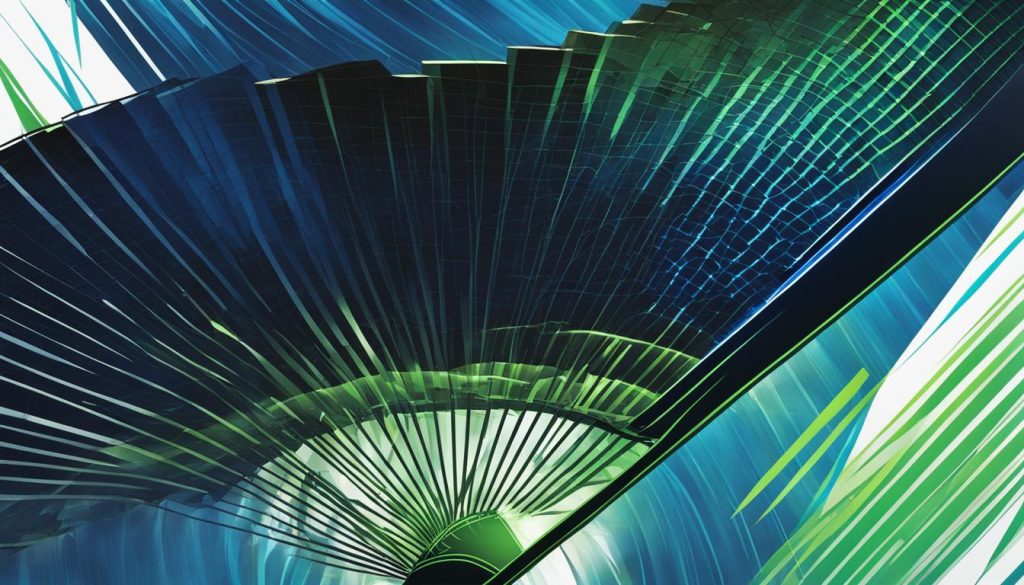
How does fan wattage relate to electricity consumption of fans?
The electricity consumption of fans depends on the wattage of the fan and the duration of usage. For example, assume your fan has a wattage of 100W and you use it for three hours per day. In this case, the daily electricity consumption of the fan will amount to 0.3kWh, which can help you estimate your monthly electricity expenses.
It’s worth noting that you can reduce the energy consumption of electric fans and save on electricity bills by optimizing fan usage. For instance, you can turn off the fan when you’re not in the room or using it in combination with air conditioning to lower the temperature setting.
Did you know? In the UK, ceiling fans with lights have become popular in recent years as an energy-efficient alternative to traditional lighting fixtures and air conditioning systems. These fans typically have a lower wattage with a high energy efficiency rating, making them a cost-effective choice for residential and commercial spaces.
Calculating the Electricity Consumption of a Fan
Calculating the energy consumption of an electric fan is a crucial step in managing your overall electricity usage. By understanding the fan wattage and duration of usage, you can determine the precise amount of electricity used by your fan.
To calculate the electricity consumption of your fan, you will need to identify its wattage, often listed on the manufacturer’s label or in the product manual. Once you have identified the wattage, you can use the following formula to calculate the energy consumption:
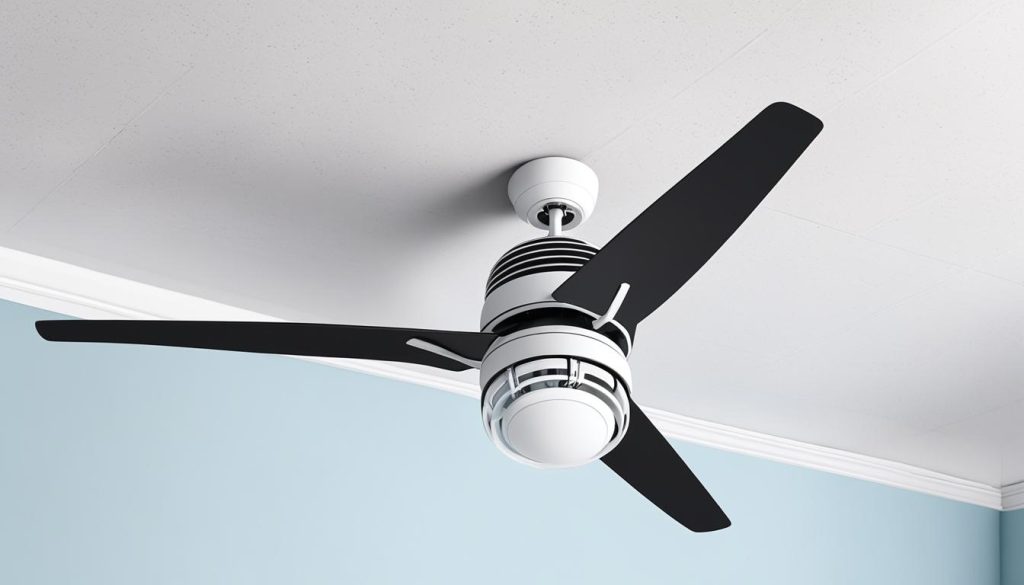
Where:
- P = Power consumption in Watts
- t = Time duration in hours
For example, suppose you have a fan rated at 250 watts and it runs for 5 hours a day. The energy consumption can be calculated as follows
| Power Consumption (Watts) | Time Duration (Hours) | Energy Consumption (kWh) |
|---|---|---|
| 250 W | 5 hours | 1.25 kWh |
By calculating the energy consumption of your fan, you can gain insights into its power usage and how it contributes to your overall electricity bill. Understanding these insights can help you make informed decisions to optimize your electricity consumption and control costs.
Conclusion
Understanding the energy consumption of electric fans is crucial in managing your energy usage and keeping costs under control. By examining the fan wattage and considering factors like duration of usage, you can make informed decisions to optimize your electricity consumption.
It’s essential to note that different types of fans have varying energy usage, and factors like the size of the room and surrounding temperature also influence fan electricity consumption.
With this knowledge, you can determine the most energy-efficient fan for your needs and ensure you’re making the most cost-effective choices when it comes to your energy consumption. By managing your fan’s energy usage, you can reduce your carbon footprint and contribute towards a more sustainable future.
In conclusion, monitoring your fan’s electricity consumption is an easy but effective way to keep your energy costs down and make an impact on the environment. By controlling your electricity usage, you can make a significant difference, one fan at a time.
FAQ
How much electricity does a fan use?
The electricity consumption of a fan depends on its wattage rating and the duration of usage. On average, a typical electric fan consumes around 25 to 75 watts per hour. However, it’s important to note that the exact energy consumption can vary between different models and fan settings.
What is the fan power usage?
Fan power usage refers to the amount of electrical power that a fan consumes during operation. It is measured in watts and is an indicator of the energy consumption of the fan. The power usage of a fan is determined by its wattage rating and the duration of usage.
How does the electrical usage of a fan contribute to energy consumption?
The electrical usage of a fan directly impacts its energy consumption. The longer a fan is used and the higher its wattage rating, the more electricity it will consume. Therefore, it is important to consider the wattage of the fan and the duration of usage to accurately assess and manage its energy consumption.
How can I calculate the electricity consumption of a fan?
To calculate the electricity consumption of a fan, you need to know its wattage rating and the duration for which it is used. Multiply the wattage of the fan by the number of hours it is used to obtain the total energy consumption in watt-hours or kilowatt-hours. This calculation will give you an estimate of the amount of electricity the fan consumes.


